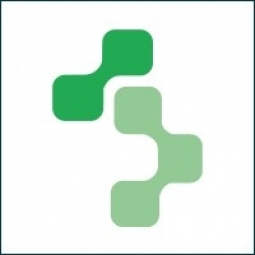技术
- 网络安全和隐私 - 安全合规
- 平台即服务 (PaaS) - 应用开发平台
适用行业
- 可再生能源
适用功能
- 质量保证
用例
- 租赁金融自动化
- 视觉质量检测
服务
- 系统集成
- 测试与认证
关于客户
本案例中的客户是可持续生物质计划 (SBP),这是一个专为工业大规模能源生产中使用的木质生物质而设计的认证体系。 SBP 旨在确保木质生物质来自合法且可持续的来源,从而使生物质行业的公司能够证明其符合监管要求。 SBP 的数据传输系统 (DTS) 拥有 SBP 声明中提供的大量生物质信息。 DTS 有助于在整个生物质供应链中收集和传输能源数据,从而能够计算温室气体排放量并确定通过燃烧生物质代替化石燃料源所实现的碳节约量。
挑战
可持续生物质计划 (SBP) 是一个针对工业大规模能源生产中使用的木质生物质而设计的认证体系。该计划旨在确保木质生物质来自合法且可持续的来源,从而使生物质行业的公司能够证明其符合监管要求。 SBP 的数据传输系统 (DTS) 拥有 SBP 声明中提供的大量生物质信息。 DTS 有助于在整个生物质供应链中收集和传输能源数据,从而能够计算温室气体排放量并确定通过燃烧生物质代替化石燃料源所实现的碳节约量。最初,SBP 使用基于 Microsoft Word 及其 CRM 系统的调查问卷和检查表相结合的方式来记录有关认证和审核的信息。然而,该系统效率不高,并且无法提供所需的数据质量和洞察力水平。
解决方案
在审查和分析了不同供应商的不同解决方案后,SBP 选择 ChainPoint 作为其新审计门户的平台。基于 ChainPoint 的审计门户引入了一种生成和提交审计报告(SBP 公开摘要报告)和供应基地报告的新方法。这个新系统超越了 CRM、Word 模板和 PDF 报告,使 SBP 能够利用数字工具和自动化。这提高了数据质量,标准化了报告内容,并使用户在完成报告时更加高效。审计门户还支持 SBP 开发强大的监控和评估系统,以监控和报告 SBP 的影响并帮助该组织改进认证计划。 SBP 审核门户的主要功能包括在线 SBP 认证申请人注册和所有申请人的概述、在线审核报告和具有智能验证和自动化功能的供应基础表格、自动表格/模板版本控制、访问所有证书详细信息、审核时间表和审核清单、与供应商和买家的连接以及汇总数据报告。
运营影响

Case Study missing?
Start adding your own!
Register with your work email and create a new case study profile for your business.
相关案例.

Case Study
Remote Monitoring & Predictive Maintenance App for a Solar Energy System
The maintenance & tracking of various modules was an overhead for the customer due to the huge labor costs involved. Being an advanced solar solutions provider, they wanted to ensure early detection of issues and provide the best-in-class customer experience. Hence they wanted to automate the whole process.
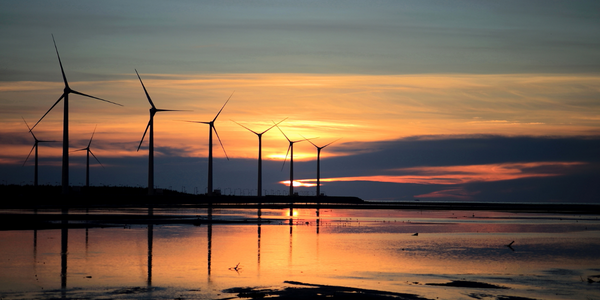
Case Study
Vestas: Turning Climate into Capital with Big Data
Making wind a reliable source of energy depends greatly on the placement of the wind turbines used to produce electricity. Turbulence is a significant factor as it strains turbine components, making them more likely to fail. Vestas wanted to pinpoint the optimal location for wind turbines to maximize power generation and reduce energy costs.
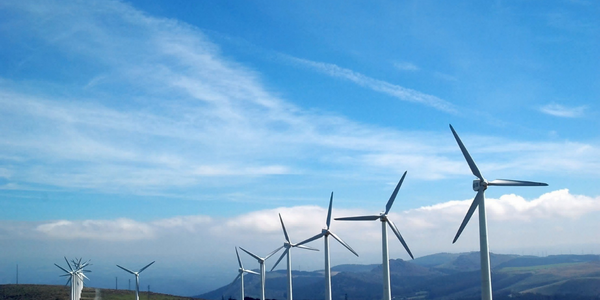
Case Study
Siemens Wind Power
Wind provides clean, renewable energy. The core concept is simple: wind turbines spin blades to generate power. However, today's systems are anything but simple. Modern wind turbines have blades that sweep a 120 meter circle, cost more than 1 million dollars and generate multiple megawatts of power. Each turbine may include up to 1,000 sensors and actuators – integrating strain gages, bearing monitors and power conditioning technology. The turbine can control blade speed and power generation by altering the blade pitch and power extraction. Controlling the turbine is a sophisticated job requiring many cooperating processors closing high-speed loops and implementing intelligent monitoring and optimization algorithms. But the real challenge is integrating these turbines so that they work together. A wind farm may include hundreds of turbines. They are often installed in difficult-to-access locations at sea. The farm must implement a fundamentally and truly distributed control system. Like all power systems, the goal of the farm is to match generation to load. A farm with hundreds of turbines must optimize that load by balancing the loading and generation across a wide geography. Wind, of course, is dynamic. Almost every picture of a wind farm shows a calm sea and a setting sun. But things get challenging when a storm goes through the wind farm. In a storm, the control system must decide how to take energy out of gusts to generate constant power. It must intelligently balance load across many turbines. And a critical consideration is the loading and potential damage to a half-billion-dollar installed asset. This is no environment for a slow or undependable control system. Reliability and performance are crucial.
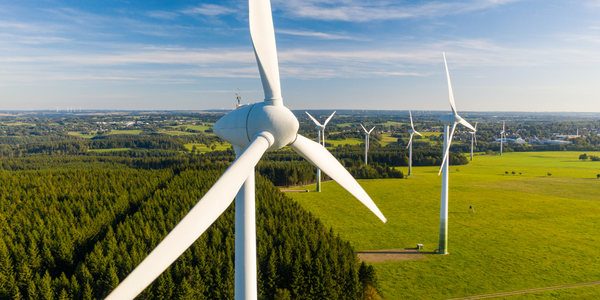
Case Study
Remote Monitoring and Control for a Windmill Generator
As concerns over global warming continue to grow, green technologies are becoming increasingly popular. Wind turbine companies provide an excellent alternative to burning fossil fuels by harnessing kinetic energy from the wind and converting it into electricity. A typical wind farm may include over 80 wind turbines so efficient and reliable networks to manage and control these installations are imperative. Each wind turbine includes a generator and a variety of serial components such as a water cooler, high voltage transformer, ultrasonic wind sensors, yaw gear, blade bearing, pitch cylinder, and hub controller. All of these components are controlled by a PLC and communicate with the ground host. Due to the total integration of these devices into an Ethernet network, one of our customers in the wind turbine industry needed a serial-to-Ethernet solution that can operate reliably for years without interruption.

Case Study
Temperature monitoring for vaccine fridges
Dulas wanted a way to improve the reliability of the cold chain, facilitating maintenance and ensuring fewer vaccines are spoiled. Dulas wanted an M2M solution which would enable them to record and report the temperature inside vaccine refrigerators.
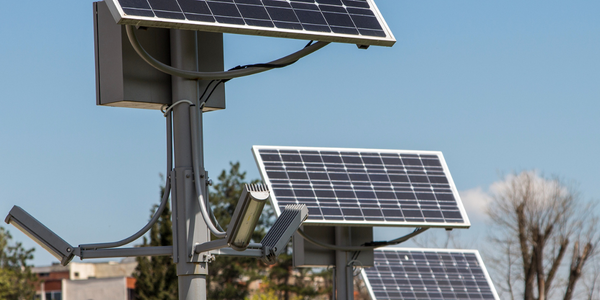
Case Study
IoT Powering A New Way to Light Streets with Bifacial Solar Panels
When James Meringer’s commercial contracting business experienced a rapid increase in solar projects, he also saw an opportunity to extend the benefits of solar by using the bifacial solar panels he’d become familiar with in new ways. Bifacial solar panels enable sunlight from both sides of the panel, making it a more efficient harvest of solar power. Seeing the panel’s power, James and his team set out to use the same technology for street lighting. Until now, solar street lights have served as utilitarian solutions that force designers to choose between form and function. The Mira Bella Energy team has changed that.




